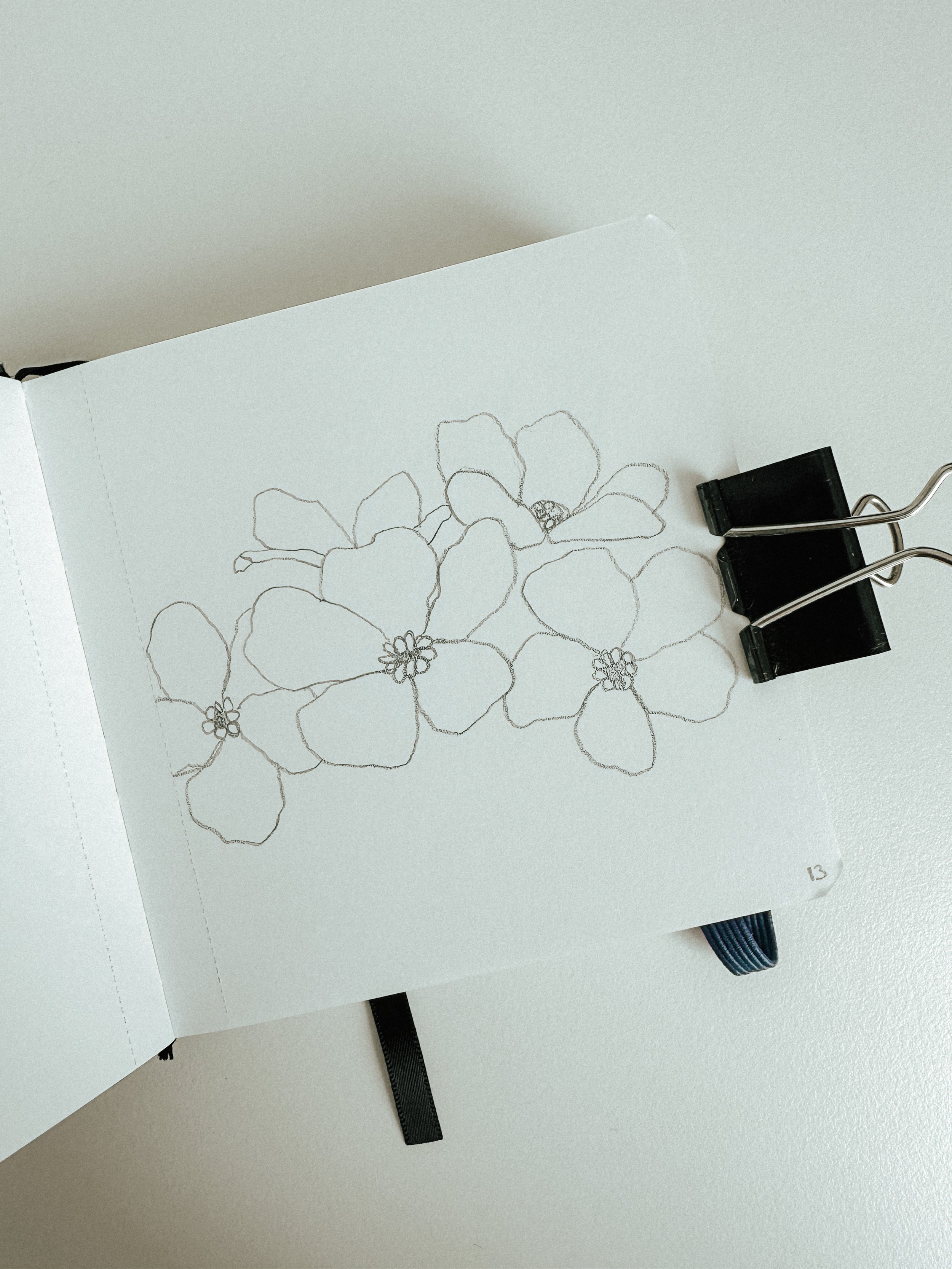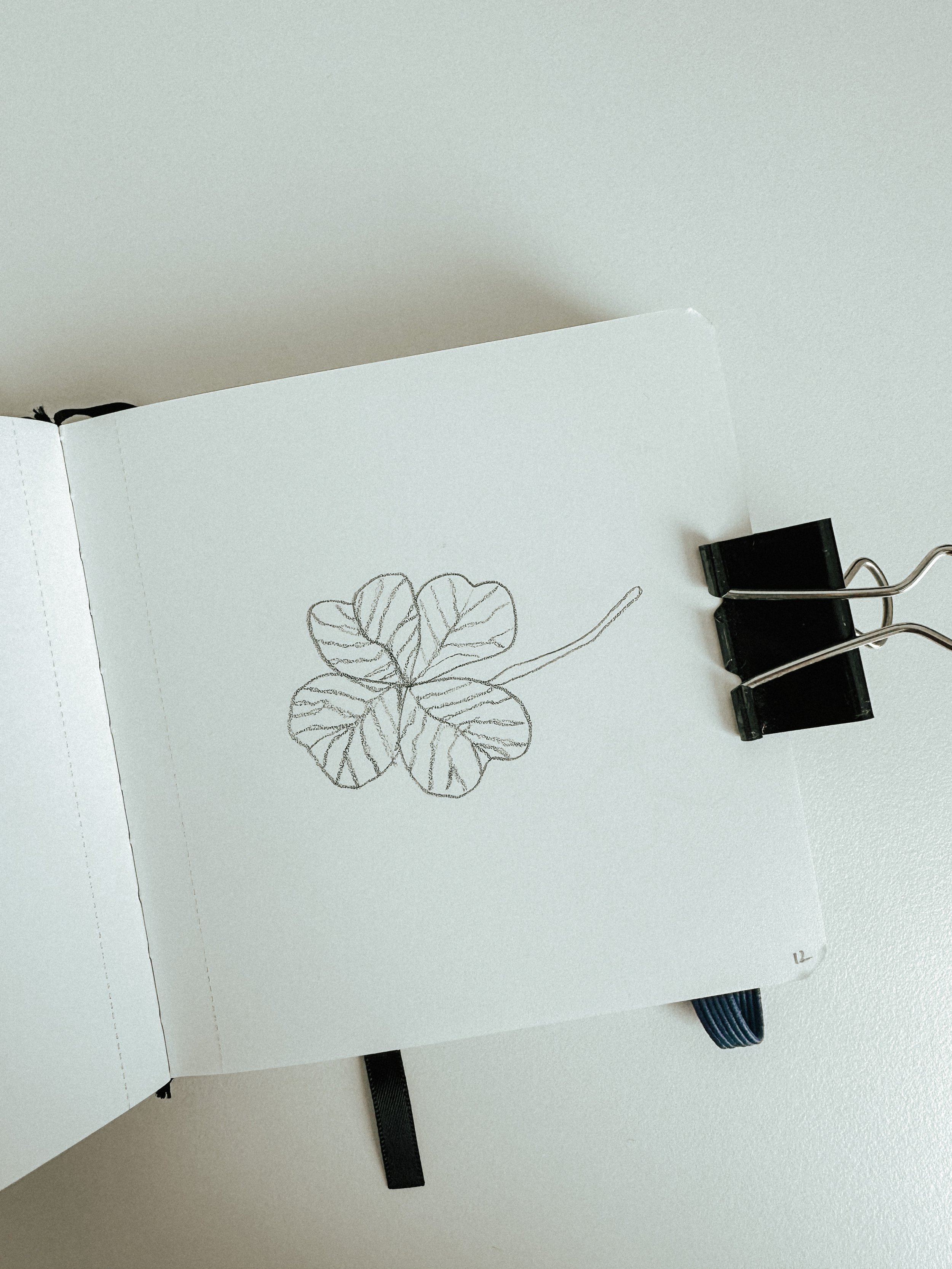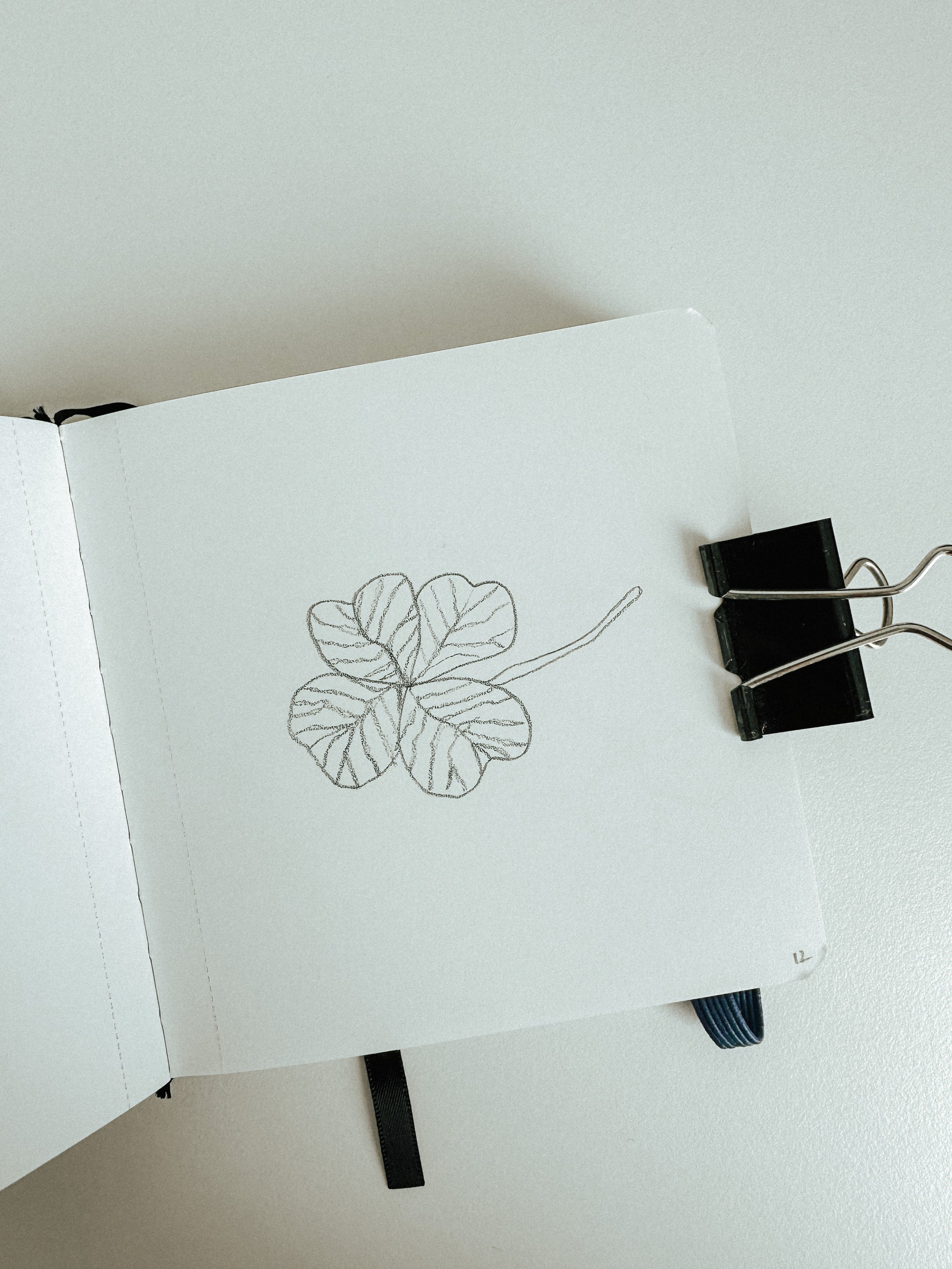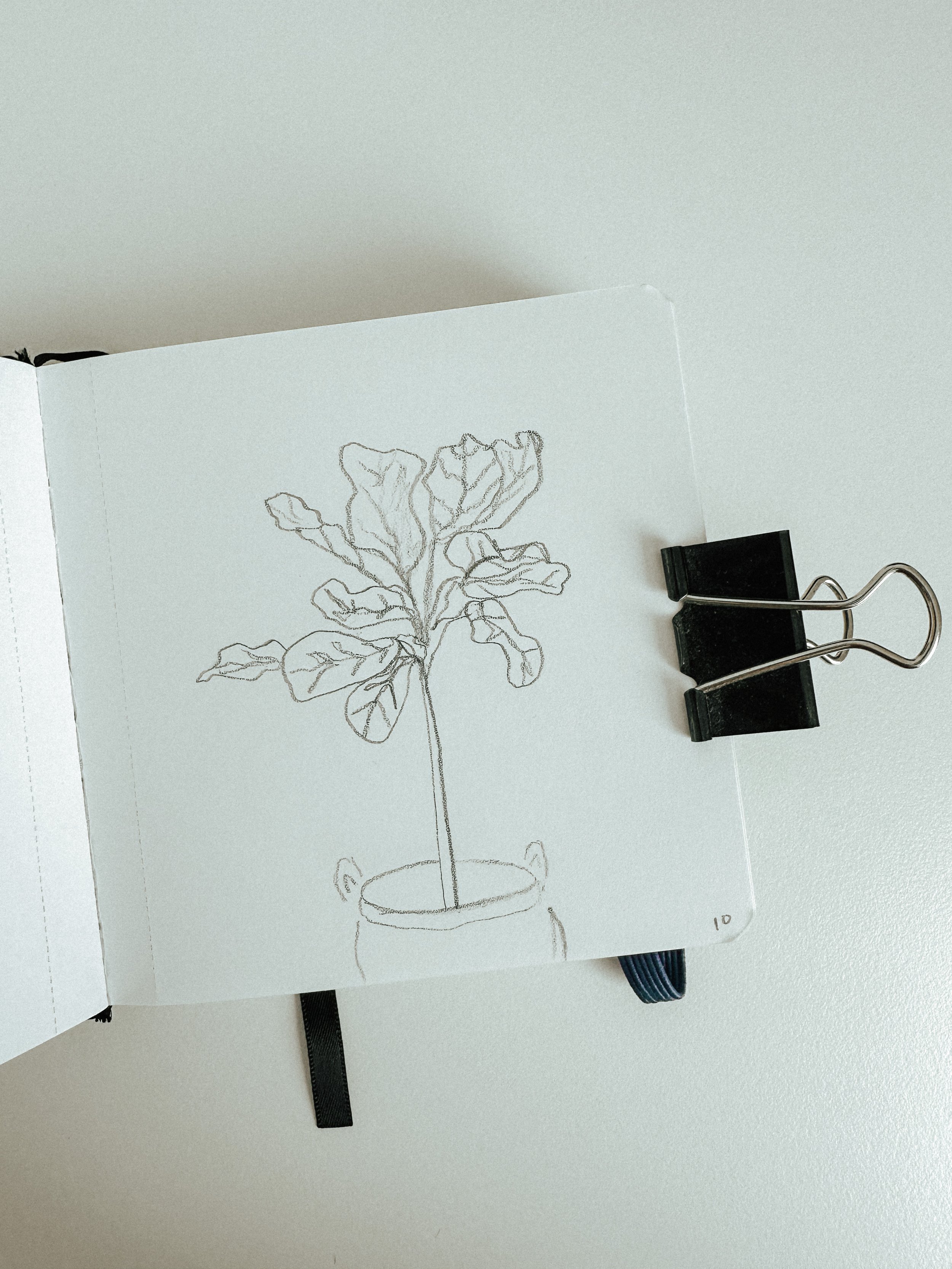13: Forget Me Not
Forget-me-not is a beautiful flower that belongs to the genus Myosotis. These delicate blue and purple flowers have five small petals and are typically found growing in moist meadows or near water bodies. These charming flowers are often associated with remembrance and true love since they are given as a symbol of love and affection, and are also used in memorial services to honor loved ones who have passed away. These petite blooms have a unique quality of being able to brighten up even the dullest of gardens with their vibrant colors, making them a favorite among garden enthusiasts.
12: Four-leaf Clover
Four-leaf clovers are known for their rarity and their association with good luck. It is said that for every 10,000 three-leaf clovers, there is only one four-leaf clover. The fourth leaf is believed to represent good fortune, and each leaf is said to symbolize something: the first for hope, the second for faith, the third for love, and the fourth for luck. Finding a four-leaf clover is considered a lucky omen, and some believe it brings good fortune, while others see it as a sign of prosperity. Either way, four-leaf clovers are a unique aspect of nature that continues to capture our fascination and imagination.
11: Spider Plant
Spider plants are an easy, low maintenance plant that can add some greenery to your space. They are great air purifiers and can help remove harmful toxins from the air. According to a study by NASA, spider plants were found to be effective at removing common indoor air pollutants such as formaldehyde, benzene, and xylene. This makes them an excellent choice for anyone who wants to improve the air quality in their home or office.
Spider plants are also incredibly easy to care for. They don't require a lot of sunlight and can thrive in a variety of temperatures. In fact, they are so low maintenance that they are often recommended for beginners or those who struggle to keep other plants alive.
10: Fiddle Leaf Fig
The fiddle leaf fig is a popular indoor plant that is prized for its large, glossy leaves and elegant form. It is native to western Africa and can grow up to 50 feet tall in its natural habitat. As an indoor plant, it is much smaller and is an ideal choice for those who want a plant that is both beautiful and easy to care for.
A low-maintenance indoor plant that requires very little care, the fiddle leaf fig prefers bright, indirect light and needs to be watered only once a week. One important thing to note is that the fiddle leaf fig is susceptible to root rot, so it’s important not to overwater it. It’s also a good idea to wipe its leaves with a damp cloth from time to time to keep them clean and free of dust.
The fiddle leaf fig is a striking, attractive plant that can enhance the aesthetic of any room. Its large, leathery leaves can grow up to a foot long and are shaped like a violin or fiddle, hence its name. This unique shape makes it a popular feature in interior design, as it adds a touch of elegance and elegance to any space. It can also be used as a statement piece or focal point in a room, especially when placed in a stylish pot or basket.
The fiddle leaf fig has many health benefits, such as improving air quality in the home. It is known to absorb pollutants and toxins from the air, helping to purify the air and promote better breathing. This is particularly important for those who suffer from allergies or respiratory problems. In addition, the fiddle leaf fig is also believed to reduce stress and promote feelings of calm and relaxation.
In conclusion, the fiddle leaf fig is a beautiful and unique indoor plant that is easy to care for and offers a range of health benefits. It is a great choice for those who want to add a touch of elegance and sophistication to their home, and can be used as a statement piece or focal point in a room.
Fiddle leaf figs:
References:
9: Pothos
Pothos is a type of tropical evergreen vine that belongs to the family Araceae and also known by its Latin name Epipremnum aureum. It is native to the Solomon Islands, located in the Pacific Ocean. This plant is praised for its hardy nature and fast growth rate, making it a great option for beginner gardeners.
Pothos has unique heart-shaped leaves that come in different shades of green, ranging from light to dark. Additionally, some cultivars of the plant have white or yellow variegation on their leaves. This makes pothos a popular choice for indoor plants as they can add unexpected pops of color to a space. The plant is also known for its air-purifying properties, making it an excellent for indoors.
Pothos usually does not require rigorous care, making it an ideal plant for busy individuals or those who are just starting to enter the world of gardening. It prefers indirect light, but can also grow well in low light conditions. The plant thrives in soil that is kept moist, but does not require frequent watering. Over-watering the plant can lead to root rot, and under-watering can cause the leaves to wither. Therefore, it is essential to find a balance in watering the plant.
Propagation of pothos is also relatively simple. It can be propagated by rooting stem cuttings in water or soil. Once the roots have developed, it can be transplanted into a pot or directly to the ground. In addition, pothos can also be propagated through division. By separating the rootball, new plants can be created.
In summary, pothos is a hardy and fast-growing plant that is perfect for beginner gardeners or those who are looking for low-maintenance indoor plants. Its heart-shaped leaves are attractive and come in varying shades of green, making it an excellent decorative addition to any indoor space. It also has air-purifying properties that can benefit indoor air quality. With its ease of care, propagation, and versatility, it is no wonder that pothos is a popular plant for people of all kinds.
References:
"Epipremnum aureum." University of Florida IFAS Extension. Retrieved from https://edis.ifas.ufl.edu/fp600









